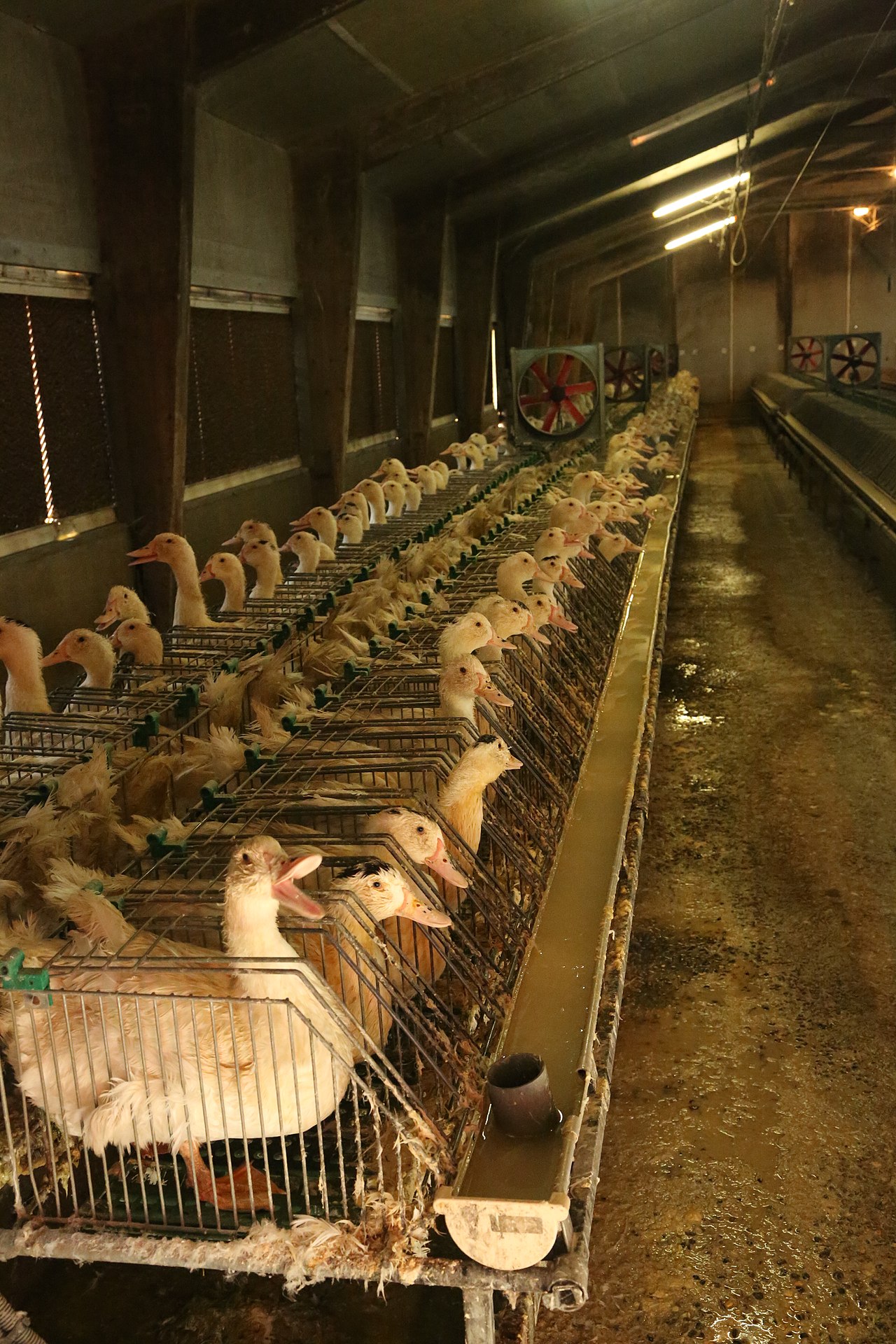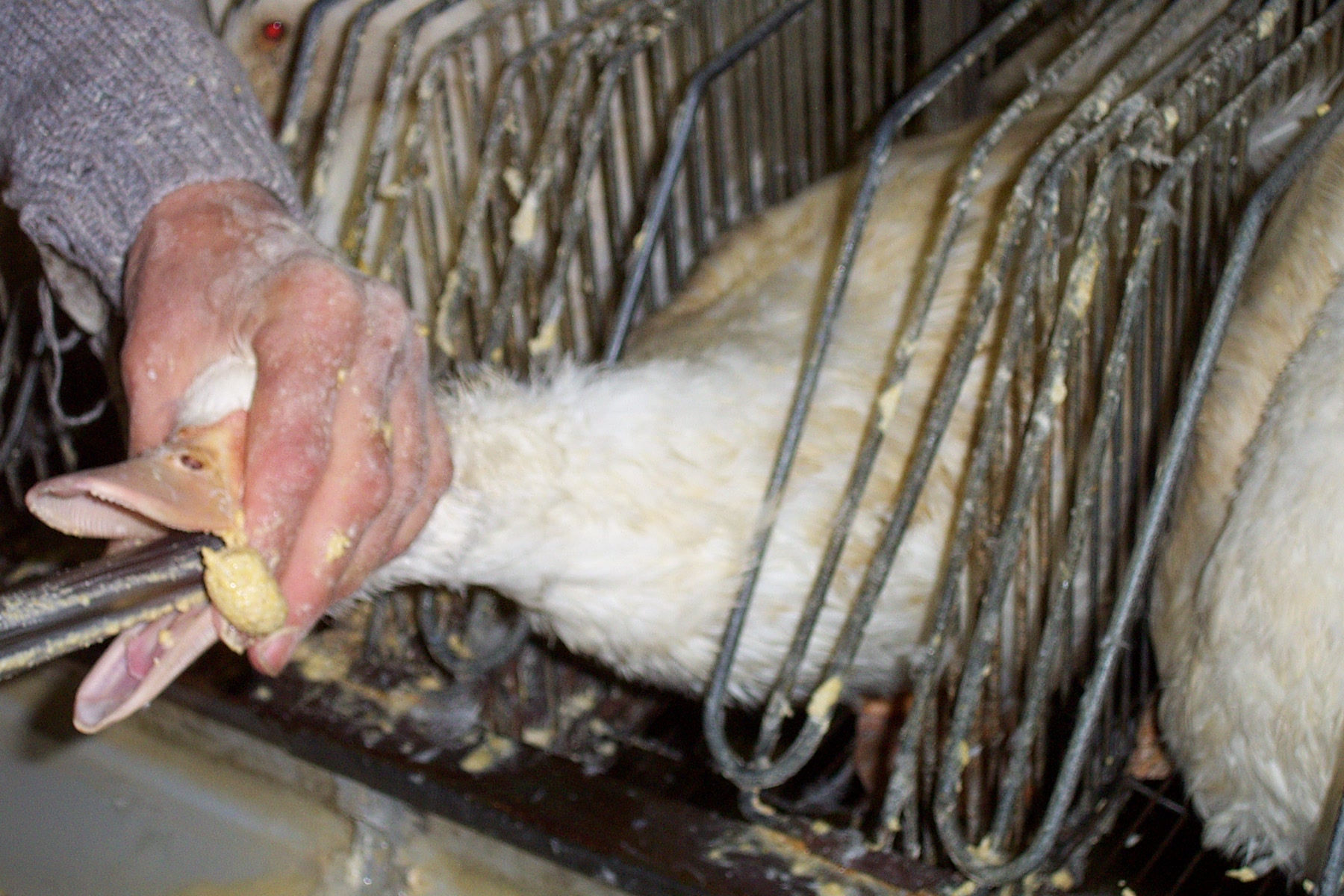
- Inspiring People -
- 3mins -
- 385 views
New York City just voted to ban foie gras… but not right away
The ban of the controversial “delicacy” won’t take effect for three years, to enable affected farms to develop other business opportunities.
New York foie gras ban to take effect in 2022
Last month, New York City lawmakers passed a bill that bans restaurants and grocery stores from selling foie gras, the fattened liver of a duck or goose considered a culinary delicacy for centuries. The New York City Council voted to ban foie gras—literally “fat liver” in French—on animal cruelty grounds. The ducks or geese are force-fed before their livers are harvested to make the dish. Animal activists have been celebrating, calling the new legislation a win. However, the ban won’t come into effect until 2022 to enable affected farms to adapt. Those not in compliance by then will face a $2,000 penalty fine per violation.

Foie gras production has long met with widespread criticism from animal welfare advocates
Foie gras is an extravagant dish that has been appreciated since Ancient Roman times. — reports Inhabitat.
The French have even defended it via article L654 of France’s 2006 Rural Code, which states, “Foie gras is part of the protected cultural and gastronomic heritage of France.”
But foie gras production has long met with widespread criticism from animal welfare advocates. Foie gras is traditionally produced by forced overfeeding of ducks or geese to fatten and enlarge their livers. Feed volume is in excess of a bird’s normal voluntary intake, making the process unnatural because it overrides a bird’s typical preferences and homeostasis.
The Canadian Veterinary Journal, for instance, has documented that this unnatural overfeeding process spans a two-week period and involves “repeated capture, restraint and rapid insertion of the feeding tube” that causes discomfort and increased risks for esophageal injury and associated pain.
All of this produces a duck or goose liver that is “seven to 19 times the size of a normal liver with an average weight of 550 to 982 grams and a fat content of 55.8%,” while a normal liver is just “76 grams with a fat content of 6.6%.”
If the same fatty cell buildup occurred in humans, it would be likened to alcohol abuse or obesity
Source: Inhabitat

“Let’s be clear… force feeding is an inhumane practice, plain and simple.” — Councilwoman Rivera
“As a lifelong advocate for animal rights, I am excited that the Council has voted to pass this historic legislation to ban the sale of these specific force-fed animal products,” Councilwoman Carlina Rivera, the prime sponsor of the bill, told Fast Company. “Let’s be clear that force feeding is an inhumane practice, plain and simple.”
The ban won’t take effect for three years.
According to Rivera, the delay is to enable affected farms “to increase production and develop business opportunities in other regions and states.” She also suggested those businesses consider foie gras production methods used in Spain, where farmers use highly dense foods.
California originally passed a foie gras ban in 2004, but it was challenged over a period of years. It was finally laid to rest this past January when the U.S. Supreme Court declined to hear the case. And in 2006, amid much mockery, Chicago became the first US city to outlaw the food, but that legislation was repealed in 2008.
Countries around the world have made foie gras illegal, including the United Kingdom, Finland, India, Denmark, and Israel.
Source: FastCompany


